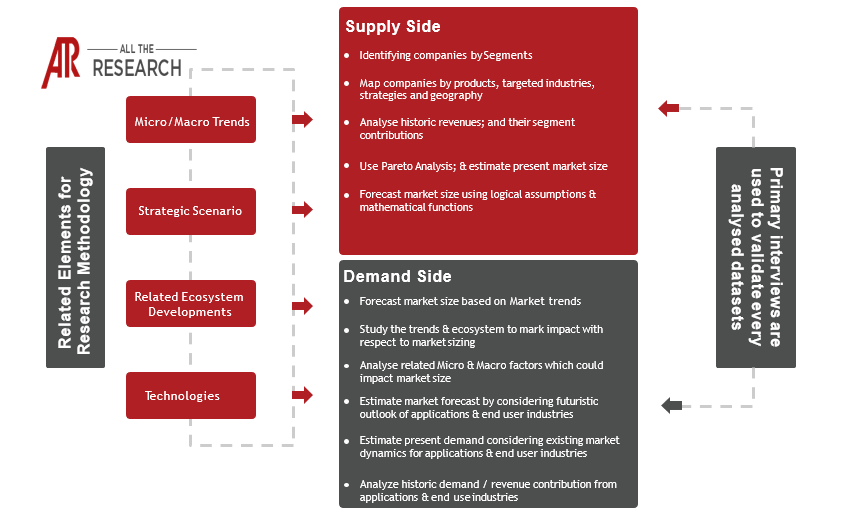The Network Edge market is experiencing significant growth, driven by the proliferation of data, the rise of distributed applications, and the imperative for low-latency, secure, and scalable connectivity. This market encompasses solutions that bring compute, storage, and networking resources closer to the end-user, enabling faster processing and reduced operational costs. This report offers a comprehensive analysis of the Network Edge market, providing insights into its dynamics, key players, technological advancements, and future prospects.
Market Definitions and Scope:
The Network Edge market encompasses hardware, software, and services deployed at the edge of the network, closer to the data source and end-users. Key components include:
The market scope extends across various industries, including telecommunications, cloud computing, manufacturing, retail, healthcare, and transportation.
Market Drivers and Challenges:
The Network Edge market is propelled by several key drivers:
The market also faces several challenges:
Regulatory Focus:
Regulatory bodies worldwide are increasingly focused on data privacy, security, and infrastructure deployment. These regulations, such as GDPR, CCPA, and industry-specific standards (e.g., HIPAA), influence the Network Edge market in the following ways:
Market Growth and Competitive Landscape:
The Network Edge market is projected to exhibit a robust Compound Annual Growth Rate (CAGR) over the forecast period. Factors such as the adoption of 5G and increasing demand for cloud computing are contributing to the growth. The market is characterized by a diverse competitive landscape, with key players including:
Regional Trends:
Regional trends are varied, with North America and Europe leading in edge computing adoption, driven by advanced infrastructure and technology adoption. The Asia-Pacific region is experiencing rapid growth due to rising data consumption, widespread 5G deployment, and government initiatives. Emerging economies in Latin America and the Middle East & Africa are also witnessing growing interest in edge computing.
M&A and Fund Raising:
The Network Edge market is witnessing significant M&A and fundraising activities. Companies are acquiring complementary technologies and expanding their service offerings. Funding rounds are used to fuel innovation, infrastructure development, and market expansion. These activities reflect the growing strategic importance of edge computing.
Conclusion:
The Network Edge market is poised for significant growth, driven by the increasing need for low-latency, secure, and scalable connectivity. While challenges persist, the market's potential and the commitment of key players suggest robust expansion in the coming years. This report provides a comprehensive assessment of the Network Edge market, enabling stakeholders to make informed decisions in this dynamic and evolving space.
The Report Segments the market to include:
By Component:
By Deployment Model:
By Enterprise Size:
By Industry Vertical:
By Application:
By Region:

Ask for free product review call with the author

Share your specific research requirements for a customized report

Request for due diligence and consumer centric studies

Request for study updates, segment specific and country level reports
By Component:
By Deployment Model:
By Enterprise Size:
By Industry Vertical:
By Application:
By Region:
